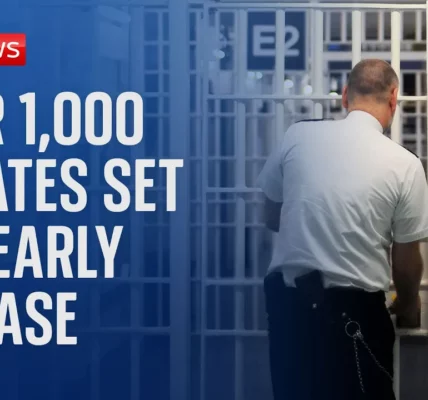The Real-World Implications of Cyber Attacks and Security

This article delves into the complexities of cyberspace, emphasizing that what happens in this digital realm does not stay there but can have significant real-world consequences. We will explore the intersection of cyber security and global infrastructure, the threats posed by nation-states and criminals, and the role of AI in both enhancing and compromising security.
Introduction
In an age where our economies are increasingly digitized, the vulnerabilities of cyberspace have become a pressing concern. The phrase “what happens in cyberspace stays in cyberspace” is a misconception; cyber incidents can lead to substantial repercussions in the physical world. For example, the cyber attack executed by Russia on the eve of its invasion of Ukraine serves as a stark reminder of how cyber threats can compromise national security and disrupt critical services far beyond the immediate target.
The Ripple Effects of Cyber Attacks
Cyber attacks do not occur in isolation; they can affect various sectors, including military communications, healthcare, transportation, and more. Below are some key areas impacted by cyber threats:
- Military Operations: Cyber attacks can cripple communication systems, as seen in the case of Ukraine, where satellite communications vital for military operations were disrupted.
- Healthcare Systems: Hospitals have increasingly become targets for ransomware attacks, jeopardizing patient care and critical data.
- Public Infrastructure: Water systems, pipelines, and transportation networks are increasingly susceptible to cyber threats, which can halt operations and endanger public safety.
The Vulnerability of Critical Infrastructure
Our reliance on interconnected systems exposes vulnerabilities across various infrastructures. Let’s break down some major components that require robust cybersecurity measures:
Healthcare Sector
As hospitals digitize their records and operations, they become more vulnerable to cyber threats. Cybersecurity measures must include:
- Encryption of medical records
- Regular security audits
- Multi-factor authentication for access to sensitive data
Transportation Networks
Transportation systems, including airports and railways, must implement stringent cybersecurity protocols to prevent disruptions that could result from a cyber attack.
The Role of Governments and Private Sector Collaboration
Governments face the challenge of securing critical infrastructures that are largely privatized. Here are some strategies being employed:
- Sharing Threat Intelligence: Governments are increasingly sharing declassified threat intelligence with private companies to enhance awareness and preparedness.
- Establishing Minimum Security Standards: Regulations are being developed to ensure that companies implement necessary cybersecurity measures.
- Public-Private Partnerships: Collaboration between government agencies and private companies is crucial to developing comprehensive security strategies.
The Global Landscape of Cyber Threats
Cyber threats are not confined to one region. Notably, countries like China, Russia, and Iran pose significant risks through state-sponsored cyber activities. Let’s explore the motivations behind these threats:
China
China has historically focused on espionage, targeting strategic technologies to benefit its economy. Recent concerns involve pre-positioning in critical infrastructure to disrupt operations during crises.
Russia
Russia employs a sophisticated offensive cyber strategy and provides a permissive environment for cybercriminals, leading to increased attacks on critical infrastructure globally.
AI: A Double-Edged Sword in Cybersecurity
Artificial Intelligence (AI) presents both opportunities and threats in the realm of cybersecurity:
Potential Benefits
AI can help in:
- Identifying vulnerabilities in software before deployment
- Automating threat detection and response
Risks Involved
On the flip side, cybercriminals can use AI to:
- Create more sophisticated malware
- Automate attacks, making them more efficient
Conclusion
Cybersecurity is a complex and evolving field that requires continuous vigilance and proactive strategies. With threats from state actors and cybercriminals alike, it is essential to foster collaboration between governments and the private sector to enhance the security of critical infrastructures. Individuals can also play a role by adopting robust personal cybersecurity practices. Staying informed and prepared is key to navigating the challenges posed by the cyber landscape. For more insights on cybersecurity and related topics, visit our articles on Cybersecurity Basics and The Future of Cybersecurity.
“`




